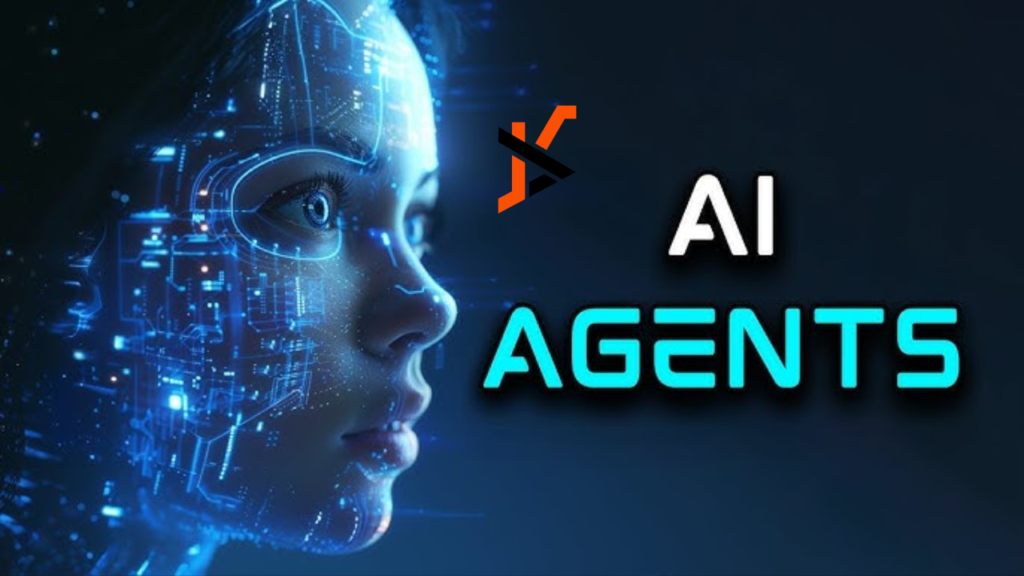Artificial Intelligence (AI) agents have become an integral part of everyday life and work with modern technology, transforming industries in ways once thought unimaginable. From voice assistants like Siri and Alexa to sophisticated customer service bots, AI agents are powered by a complex blend of technologies and code. To truly appreciate the capabilities of these agents, it’s essential to delve into the core technologies that enable them: Machine Learning (ML), Natural Language Processing (NLP), and neural networks. This article will explore these technologies in depth, shedding light on how they work together to create intelligent systems.
The Foundation: Machine Learning Algorithms
Machine Learning is at the heart of most AI agents, providing the foundation upon which they build their “intelligence.” ML involves the use of algorithms that allow machines to learn from data and improve their performance over time without being explicitly programmed for every possible scenario. These algorithms identify patterns, make predictions, and even adapt to new information, making them incredibly versatile.
Supervised learning, one of the most common forms of ML, relies on labeled datasets where the desired output is known. This approach is often used for tasks like image recognition or spam detection. In contrast, unsupervised learning involves working with unlabeled data, seeking to uncover hidden patterns or groupings within the data. This technique is great for tasks like clustering or anomaly detection. Reinforcement learning, another subset of ML, enables agents to make decisions by rewarding desired behaviors, often used in game playing and robotics.
Natural Language Processing: Bridging Communication Gaps
Natural Language Processing (NLP) is the technology that allows AI agents to understand, interpret, and respond to human language. It’s what enables a chatbot to answer questions or a virtual assistant to follow spoken commands. NLP combines computational linguistics with machine learning to create models that can process text or speech in a way that mimics human understanding.
NLP involves several key components, including tokenization, parsing, and sentiment analysis. Tokenization breaks down text into smaller components like words or phrases, while parsing involves analyzing the grammatical structure of sentences. Sentiment analysis, a more advanced aspect of NLP, assesses the emotional tone behind a piece of text, allowing AI agents to detect positive, negative, or neutral sentiments. NLP’s ability to handle context, nuance, and ambiguity is what makes AI communication with humans more natural and effective.
Neural Networks: The Brains of AI Agents
Neural networks are another critical technology behind AI agents, often likened to the human brain for their ability to process information in layers. These networks consist of interconnected nodes, or “neurons,” that process data in multiple layers, each layer refining the output until the desired result is achieved. Neural networks are particularly effective in tasks like image and speech recognition, where the data is complex and patterns are not easily discernible.
Deep learning, a subset of neural networks, involves networks with many layers (where the term “deep” comes from) and is responsible for some of the most significant advancements in AI. These deep neural networks can learn to perform complex tasks such as driving a car or translating languages by processing vast amounts of data. The success of deep learning has led to its widespread adoption in various AI applications, from healthcare diagnostics to autonomous systems.
Beyond the Basics: Advanced Technologies in AI
While machine learning, NLP, and neural networks form the core of AI agents, several advanced technologies further enhance their capabilities. For example, transfer learning allows an AI model trained on one task to be adapted for another, reducing the need for extensive data and training. Another emerging technology, generative adversarial networks (GANs), involves two neural networks competing against each other to create highly realistic data, such as images or videos.
The Interplay of Technologies: Creating Intelligent Agents
The real magic of AI agents lies in the interplay between these core technologies. Machine learning provides the learning capability, NLP allows for natural communication, and neural networks process the complex data that powers the AI’s decision-making. Together, these technologies create systems that can understand, learn, and interact in ways that closely resemble human intelligence.
For instance, a customer service bot uses NLP to understand a user’s query, machine learning to determine the best response based on past interactions, and neural networks to continuously improve its accuracy and efficiency. This seamless integration of technologies is what makes AI agents not just functional but genuinely intelligent.
The Future of AI Agents: Continual Evolution
As AI technology continues to evolve, so too will the capabilities of AI agents. Advances in quantum computing, for example, could dramatically accelerate machine learning processes, enabling even more sophisticated AI systems. Additionally, ongoing research in areas like ethical AI and explainable AI seeks to make these technologies more transparent and aligned with human values.

